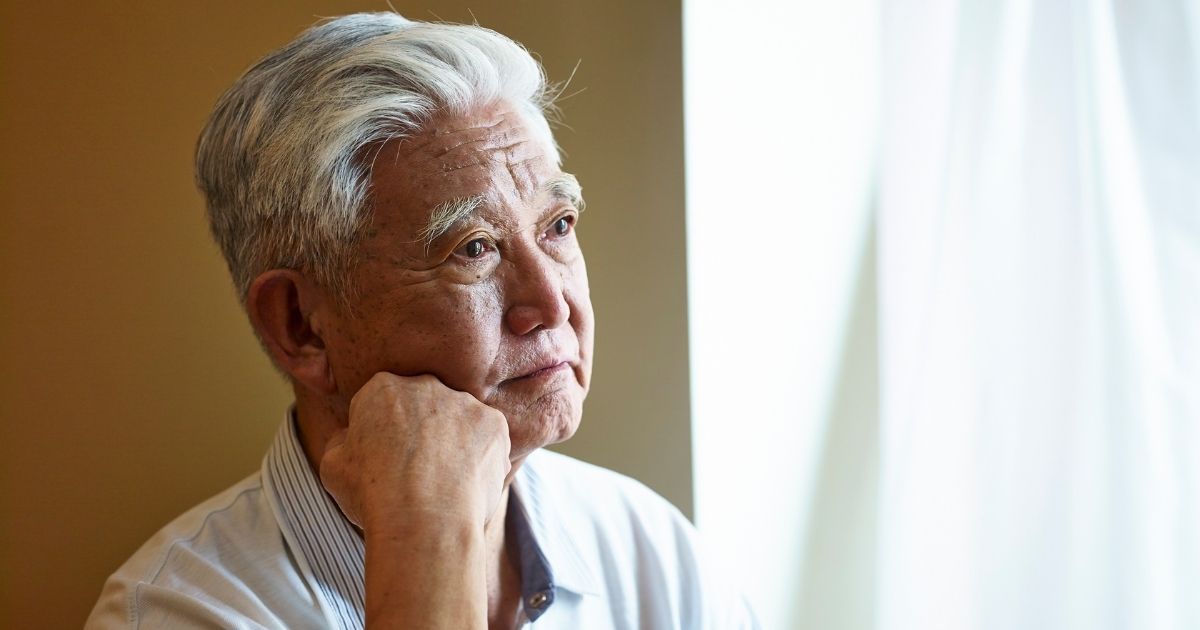Each year, World Elder Abuse Day is observed on June 15th. This day is celebrated to raise voices for the elderly who are abused and victimized. The main objective of the day is to provide an opportunity for communities around the globe is to promote a better understanding of the abuse and neglect of older persons.
What is elder abuse and neglect?
Elder abuse is physical, financial, emotional, or sexual harm inflicted upon an older adult or neglect of their welfare by people who are responsible for their care. In the U.S., 1 in 10 people over the age of 60 have experienced some form of elder abuse.
Some statistics of elder abuse:
- Neglect and financial exploitation are the two most common types of elder abuse.
- In nearly 60% of abuse and neglect cases, perpetrators are family members.
- Abused elders have a 300% higher risk of untimely death than their well-treated counterparts.
- 3% of those in nursing homes experience abuse.
- The number of elder abuse cases is on the rise.
- Almost 50% of those with dementia have been neglected or abused.
- The risk of suicide due to elder abuse seems to be most common in long-term care facilities, though it does happen when they live at home.
- In 50% of homicide-suicide cases involving the elderly, the killer was acting as a caregiver.
Physical elder abuse and what to look for:
Bruises and pressure marks
These often serve as a signal that something is wrong, especially if the older person doesn’t bruise easily. And if the marks look like fingerprints? You need to assume the worst, even if hoping for the best, and act.
Broken bones, welts, and abrasions
These may result from caretakers losing their tempers and pushing, slapping, or hitting those in their care.
Reports of frequent falls
According to the CDC, “Falls are not a normal part of aging.” If they occur, falls should relate to specific health conditions or medications, not just getting older. If you’re getting constant reports of falls when a person’s medical history doesn’t explain them, this could indicate physical abuse—falls can explain away many injuries.
Signs of or statements about physical restraint
A person shouldn’t be locked in a room or strapped to a bed without a doctor’s say-so and training. Even those with dementia shouldn’t generally be confined to one room, though locking doors to the outside is often understandable. Seeing evidence of restraint, like ropes on beds or marks on wrists or ankles, can be a good indicator that this is occurring.
Unwillingness to seek medical attention
It isn’t uncommon for an older person to refuse medical treatment for injuries given to them by a loved one—they’re protective. The perpetrator may delay or refuse to get medical attention because they don’t want to get caught.
Strange excuses for injuries
If you ask a person how they received an injury and their description doesn’t quite fit, this could be a sign of abuse. The same goes for asking their caregiver’s explanation of the injury. Be sure to ask both parties to watch out for stories that don’t line up—or line up too well, as if they’ve been rehearsed.
Inappropriate reactions to concerns
If you bring up that you’ve noticed an increase in the number or severity of injuries and the injured person or caregiver reacts oddly, this could be a bad sign. Inappropriate reactions include blowing the matter off or changing the subject, going overboard on explanations, getting angry about you asking, or making insulting comments about the injured person’s abilities (e.g., “They should have listened to me,” from the possible abuser or, “It was all my fault,” from the possible victim).
We Can Help!
At AmeriCare Plus, we carefully screen our caregivers and only hire caring and competent individuals. Learn more about our company and our caregivers by visiting our website or calling (844) 407-CARE(2273). We can cater to your needs through a complimentary in-home consultation/assessment. Schedule yours today.
Continue Reading
Get a personal assessment.
Call us today at 1.844.407.2273
Schedule your free, no-obligation assessment today!








